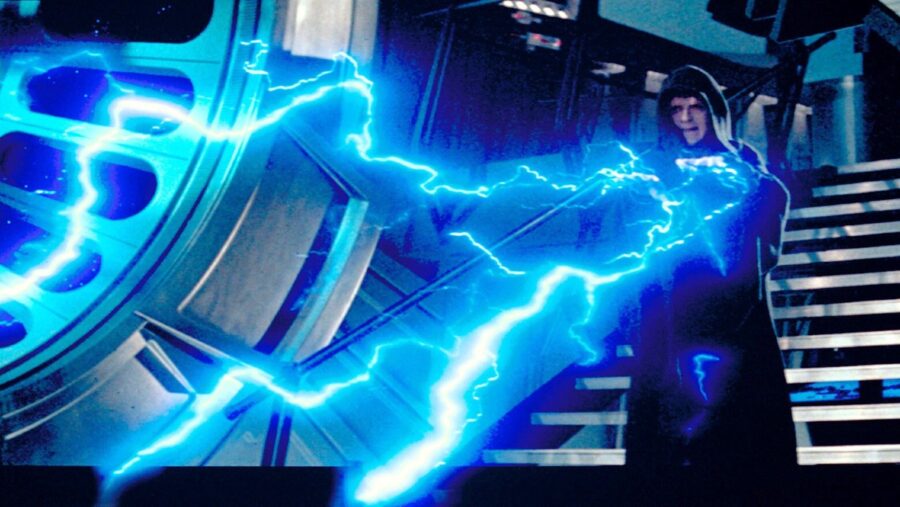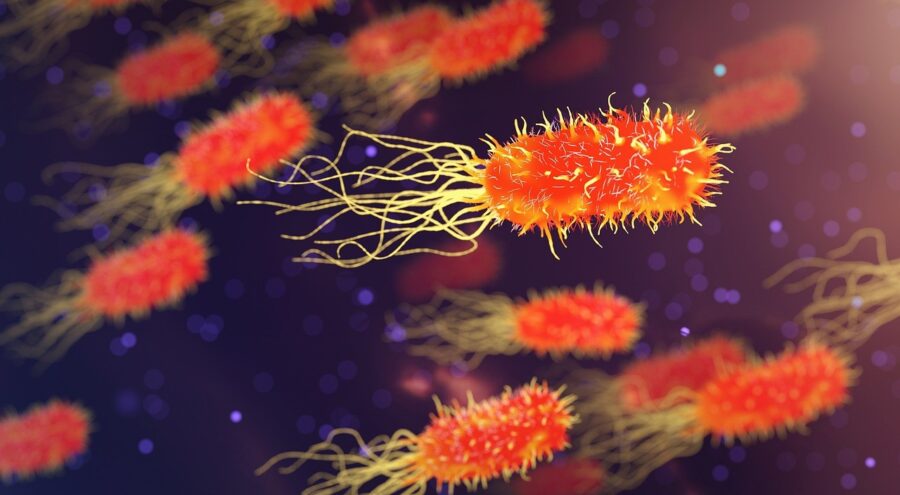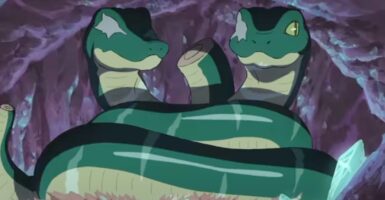Scientists Can Now Use Bacteria To Create Electricity

E. Coli bacteria is some nasty stuff, but that doesn’t mean that it can’t be harnessed in a beneficial way. According to Science Alert, researchers from the Swiss Federal Institute of Technology Lausanne (EPFL) bioengineered E. Coli strains to generate electricity from brewery wastewater. While bacterial strains generating electricity isn’t a new discovery, these bioengineered E. Coli strains have surpassed almost all previous strains in their performance.
Researches are looking into ways to bioengineer E. Coli bacteria to generate electricity.
British mycologist Michael Cresse Potter first discovered in 1911 that the bacteria in brewer’s yeast generated electricity, and there have been plenty of researchers who have tried to make a viable source of energy from this discovery. However, the amount of electricity generated by these tiny microbial life forms isn’t nearly enough to be used in any meaningful way. Furthermore, these microbes are specific about the substrates and chemicals they digest in order to create this electricity.
So, that brings us back to the bioengineered E. coli. For one, E. coli is one of the most common types of bacteria in the world, while a lot of the electricity-generating species are more uncommon.
The tests using the E. coli have been conducted under lab conditions in a single chamber, so its real-world potential has yet to be truly tested.
Unlike these uncommon strains, E. coli has the ability to grow in a wide range of environments and on a wide range of sources — including wastewater. So, that takes care of a couple of problems that researchers normally run into when trying to harness microbial electricity production.

To achieve this impressive result, the researchers modified the genome of the E. coli with the blueprints of protein complexes found in Shewanella oneidensis, which is a bacteria known for its electricity-generating properties.
When S. oneidensis reduces metals, it produces a flow of electrons, which can then be harnessed as electricty. While E. coli has been spliced with S. oneidensis before, this is the first time they were able to include all components of the S. oneidensis’ electricity-generating pathways.
The reseachers mentioned that although E. Coli may be slower at generating electricity, its ability to flourish in many conditions makes it a more viable option for treating industrial amounts of wastewater.
As exciting as this bioengineered E.coli bacteria is, there is also a catch to the discovery. The tests using the E. coli have been conducted under lab conditions in a single chamber, so its real-world potential has yet to be truly tested. In order to see if this solution is truly viable for generating electricity while treating wastewater, it will need to be tested under real conditions, like industrial settings.
The E. Coli system was tested on a sample of wastewater from a brewery in Lausanne, Switzerland, and the bacteria was able to consume it with in 50 hours. S. oneidensis, on the other hand, was unable to digest the wastewater, further proving the E. Coli’s versatility when it comes to conditions where it can thrive.
The reseachers mentioned that although E. Coli may be slower at generating electricity, its ability to flourish in many conditions makes it a more viable option for treating industrial amounts of wastewater.
The researchers will likely be testing if the E. Coli bacteria can handle industrial volumes of wasterwater next. If successful, facilities could save a lot of money in the wasterwater treatment process. The E. Coli could theoretically proess the organic waste from wasterater while also producing some electricity at the same time.












